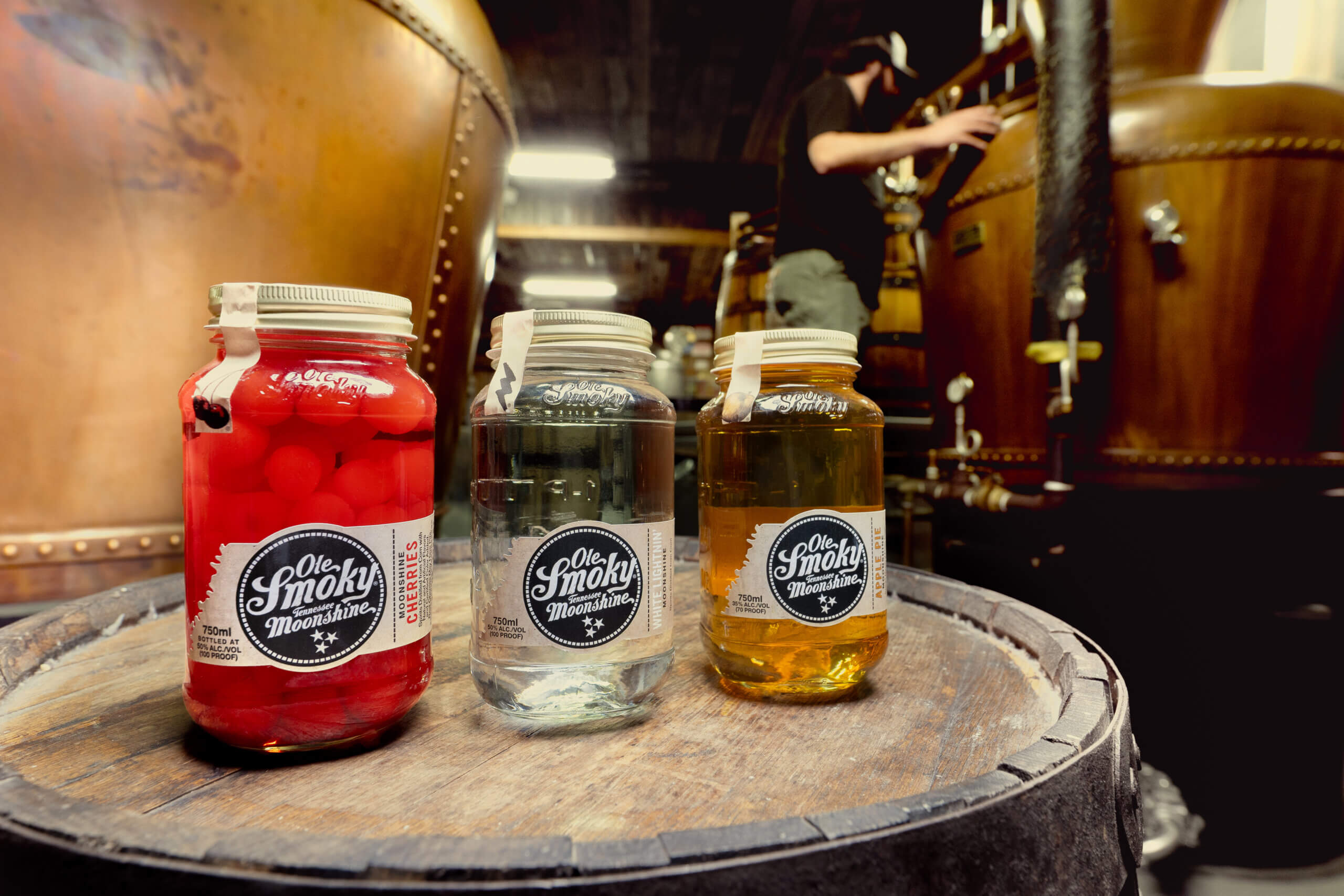Everything You Need to Know About American Single Malt Whiskey
By Nicholas Mancall-Bitel
In March, 2016, distillers from 10 American distilleries met at a Binny’s in Chicago.
Representatives were present from Westward Whiskey in Portland, Oregon, Westland Distillery in Seattle, Triple Eight Distillery in Nantucket, Massachusetts, Santa Fe Spirits, Virginia Distillery Co. in Lovingston, Copperworks Distilling Co. in Seattle, Balcones Distilling in Waco, Texas and FEW Spirits in Evanston, Illinois. The distillers came together to form an alliance, which would eventually become American Single Malt Whiskey Commission, to unite their efforts across the country toward a single goal: to establish American single malt as an official category of whiskey.
By the time of the meeting, American single malts had been around for 20 years. Steve McCarthy of Clear Creek Distillery in Portland, Oregon (now located in Hood River) began distilling McCarthy’s Oregon Single Malt in 1995. Today, there are 140 members in the Commission, along with a handful of other distilleries working independently in this wild west area of whiskey.
The TTB has yet to recognize the distinct category as it does bourbon and rye. This has allowed distilleries to operate with immense freedom and experiment with different types of barley, malting techniques and barrels for aging. But it’s also caused confusion in stores and bars, among industry experts and unfamiliar consumers, ultimately holding the entire category back. That only changes with education. So listen up because class is in session.
Single malt scotch—the obvious comparison point for American single malts—is typically categorized by geographic region, so it seems logical to do the same in the United States. “I think it’s natural that people want to put it into regions, like they do in Scotland (which is a misnomer too because you find outliers in every region),” says Christian Krogstad, master distiller of Westward and one of the founders of the Commission. But Krogstad argues that American single malts are better understood in terms of technical similarities. These common characteristics don’t completely define any particular distillery (and some distillers would likely object to blanket stereotypes), but they do help organize the incredibly diverse and rapidly evolving field.
One strain of American single malt emerged from craft brewing. As the craft brewery scene expanded and the malt supply improved in the ‘90s and aughts, some brewers recognized how easy it would be to distill their fantastic beer into whiskey. That’s how Krogstad ended up distilling Westward Whiskey. A similar narrative played out at St. George (where distiller Lance Winters landed after leaving Buffalo Bill’s Brewery), Triple Eight Distillery (an arm of Cisco Brewers), Copperworks (co-founded by Jason Parker and Micah Nutt, a professional brewer and home brewer, respectively) and Stranahan’s Colorado Whiskey in Denver (launched by longtime brewer George Stranahan).

Westward Whiskey
Other distillers rely, to some degree, on Scottish traditions. According to Joseph O’Sullivan, the current head distiller at Clear Creek and a student of McCarthy, the distillery’s single malt can be fairly described as “Islay inspired.” “Steve went with the peaty malt style simply because he liked it,” O’Sullivan says. While McCarthy employed a local brewer in Portland to make his wash, he sourced barley from Port Ellen Maltings on Islay, and today the grain comes from Bairds Malt facilities in Pencaitland, Arbroath and Inverness.

Westward Whiskey
Similarly, master distiller Matt Hofmann of Westland learned his trade at Heriot-Watt University in Edinburgh, and Westland is well-known for their sherry-aged and peated whiskeys (both trademarks of single malt scotch) in addition to their flagship American Oak bottling. Virginia Distillery goes even further, utilizing copper pot stills constructed in Scotland and blending their own spirit with Scottish malt whiskey (calling the product “Highland Whisky”) while they wait for their own single malt to age.
Several American producers are also developing new ways to incorporate smoke beyond peat. Santa Fe Spirits injects Southwestern flavor into their Colkegan Single Malt Whiskey using mesquite wood, as does Tucson-based Whiskey Del Bac in their Dorado bottling. Copper Fox Distillery in Sperryville, Virginia utilizes apple and cherry woods in their original single malt, while their Peachwood expression puts its namesake wood front and center. Most extreme, Nashville, Tennessee’s Corsair Distillery produces Triple Smoke, a single malt featuring a combination of cherry wood, peat and beechwood.
Underlying this surge in single malts is a growing barley market. In the past, brewers and distillers had a few simple choices when it came to the grain. If they were positioned advantageously, they could opt for the prized, flavorful, two-row barley, which historically grew best in the Pacific Northwest thanks to the spring and summer rains. Elsewhere, they were likely stuck with six-row barley, which was well adapted to the Eastern seaboard but tasted more astringent because of a higher proportion of husk material. But six-row’s plentiful enzymes helped it convert adjunct starches like corn and rice, making it popular among macro-brewers and industrial distillers.
Those longtime restrictions are changing. As crop engineering has improved, the distinctions between two-row and six-row have faded. While the Northwest still produces a lot of two-row, farmers can generally grow it anywhere in the United States. Similarly, Krogstad points to researchers like Patrick Hayes at Oregon State University, who is developing more flavorful six-row that could attract craft brewers.
Meanwhile, the burgeoning craft malthouse industry has exploded in recent years. Maltster Andrea Stanley of Valley Malt recalls that when she entered the business in 2009, there were only two other craft malthouses. Now that number is closer to 80. These malthouses can pay farmers for avant-garde varieties, giving them alternatives to the commodity crop system and ultimately increasing crop diversity and options for drinkers.
Advanced techniques have also enabled malthouses to create custom barley varieties for individual distilleries. Stanley points to the standardization of the hot steep method by the American Society of Brewing Chemists in 2016 as a watershed moment for the industry. Maltsters essentially make malt tea to evaluate the grain’s flavors and aromas. They present this sensory testing to distillers who can select the characteristics they like best. The malthouses can then contract farmers to grow that specific variety.
Jeff Baker at Hillrock Distillery worked with Valley Malt to begin growing his own barley on his estate in the Hudson Valley. The team has experimented with several four- and six-row varieties, including Newdale, Wintmalt, Scala, Violetta and Conolon, plus a few heirloom varieties from Valley Malt. “We are evaluating each of these varieties and hope to zero in on favorites over the next several years as the whiskeys made from each variety come of age,” Baker says.

Hillrock Estate Distillery Grain Field
And across all of these experiments, Baker says it’s possible to taste the unique terroir of the estate’s soil. Some distillers believe there is too much human intervention between the earth and the glass to be able to attribute differences in flavor to terroir in the traditional vinicultural sense. But Baker disagrees. “From our first single malt distillation in 2011, the local terroir has been present and identifiable in Hillrock’s single malts,” he says. “We firmly believe that distillation magnifies the essential elements in our soil, water and grain, leaving an imprint of clove and cinnamon, which is unique to our location.”

Hillrock Estate Distillery Grain Floor Malt in Malt House
Even as all of these distilleries work individually to develop distinct whiskeys, they are also working to educate consumers. At the first meeting of the Single Malt Commission, Krogstad recalls, “All of us had the experience of going into a liquor store and seeing our whiskey in the bourbon section. [We wanted to be] able to explain in a cohesive manner what it was.” The Commission has petitioned the TTB to update its regulations for the first time in decades to reflect a few basic tenets of American single malt: whiskey made from 100 percent malted barley, distilled and matured at a single American distillery, matured in oak casks (for any amount of time) not exceeding 700 liters, distilled up to 160 proof, and bottled at 80 proof or more. Those TTB updates are still pending as of this writing.
Not everyone is on board with these specific requirements. Baker is among the distillers who decline to join the Commission, not wanting to be “constrained by any arbitrary guidelines,” instead favoring broad innovation and experimentation in the category while it’s young. Still, he agrees it’s important to educate consumers at every point.
Stanley perhaps puts it most succinctly. “We’ve come far enough now that craft malthouses are established, and brands of beer and whiskey are being established around the ingredients of those matlhouses,” she says. “The next piece is how to translate that to the consumer and [get] that consumer knowledgeable enough to expect it, demand it, ask for it or choose it over something else. When that happens, things will get to that next level.”










